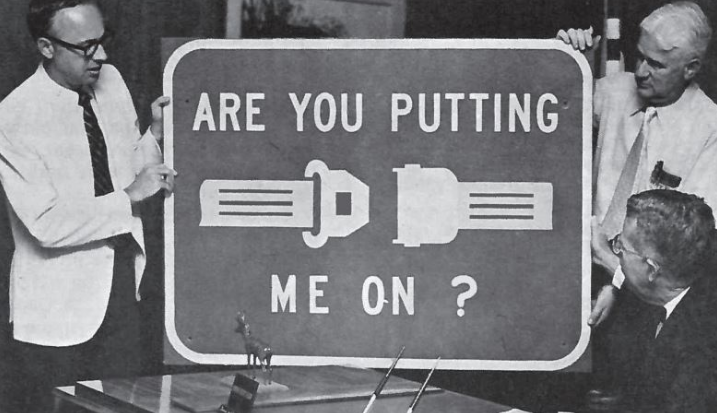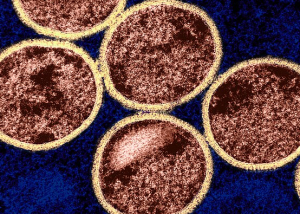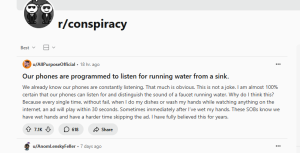
How Fear in the Media Shapes Public Health Behaviors: A Double-Edged Sword
During a crisis, information can be lifesaving. But what happens when the dominant emotion in the news is fear? A recent study spanning five countries—United States, United Kingdom, Canada, Australia, and India—sheds light on how fear-driven media coverage during the COVID-19 pandemic influenced public perception and preventive health behaviors. The findings are striking: while fear-based headlines increased people’s risk perceptions, they paradoxically led to a decrease in preventive behaviors such as mask-wearing, handwashing, and social distancing.
This raises a critical question for public health communicators: How do we balance urgency with empowerment?
The Power (and Peril) of Fear in Public Health Messaging
Fear has long been used as a tool in public health campaigns—from anti-smoking ads showing blackened lungs to seatbelt PSAs depicting crash victims. The logic is simple: make the threat feel real, and people will act. But fear-based messaging can backfire when it overwhelms audiences, leading to avoidance, denial, or feelings of helplessness.
The study analyzed over 10 million news headlines and surveyed more than 161,000 people to understand how media coverage shaped public response to COVID-19. Researchers found that headlines filled with fear-inducing language (e.g., “deadly,” “panic,” “crisis”) made people more aware of the risks of COVID-19. However, these same fear-driven messages were linked to lower adherence to key preventive behaviors. Why? Because when fear is unaccompanied by clear, actionable solutions, it can paralyze rather than mobilize.
Fear Without Efficacy: A Recipe for Inaction
Public health messaging works best when it balances two key elements:
- Threat perception (how dangerous people believe a disease is)
- Efficacy belief (people’s confidence in their ability to take effective action)
If a message emphasizes danger but fails to provide clear, achievable steps, it can create a sense of helplessness. The study found that individuals exposed to high-fear media content were less likely to take preventive measures, particularly in urban areas where living conditions made these behaviors harder to maintain. For example:
- Social distancing: Harder to practice in densely populated cities, leading some to disengage rather than attempt imperfect adherence.
- Mask-wearing: Controversies and mixed messages led to confusion, reducing compliance.
- Handwashing: While a simple and effective measure, its practice also declined in high-fear environments.
The Role of Community Context
Fear’s effect was not uniform across all populations. The study revealed two key community-level factors that modified how people responded to media messages:
- Knowing someone who had COVID-19: People with direct experience of the disease were less influenced by fear-driven headlines and more likely to engage in preventive behaviors. Real-life exposure may have given them a clearer sense of risk and coping strategies.
- Urban vs. Rural Differences: People in densely populated areas exhibited stronger fear responses but were also more likely to disengage from preventive measures. This suggests that while city dwellers perceived greater risk, they also faced greater barriers to effective action.
Lessons for Future Health Crises
What can we learn from these findings? Here are three takeaways for public health communicators and journalists:
- Pair Fear with Actionable Steps: Instead of just highlighting the dangers of a disease, media and public health officials should emphasize what people can do to protect themselves. For example, instead of “Deadly COVID-19 Variant Spreads Rapidly,” a more effective message might be “New COVID-19 Variant Detected—Here’s How to Stay Safe.”
- Context Matters: Community factors influence how messages are received. Public health campaigns should be tailored to specific environments, recognizing that a one-size-fits-all approach may not work.
- Avoid Fear Fatigue: Repeated exposure to fear-based messaging can lead to desensitization or avoidance. Instead, alternating messages of risk with messages of hope and empowerment can sustain engagement.
What’s Next?
As the world prepares for future health crises, it’s crucial to refine our communication strategies. More research is needed to explore:
- How different media sources (social media, traditional news, government announcements) affect public behavior.
- The impact of combining fear-based messages with positive reinforcement strategies.
- The role of trust in institutions—does a trusted messenger change how people respond to fear?
Join the Conversation
What do you think? Have you noticed how media coverage influences your perception of risk? How should journalists and public health officials strike the right balance between warning the public and preventing fear fatigue? Share your thoughts in the comments or join the discussion on social media!
Don’t Wait – Stay Informed, Drive Change!
Public health needs your voice today. Join thousands of leaders making a difference by subscribing to This Week in Public Health. Get powerful updates and tools to create impact.
🔥 Every second counts! Share this blog now to expand our reach and strengthen our movement.



